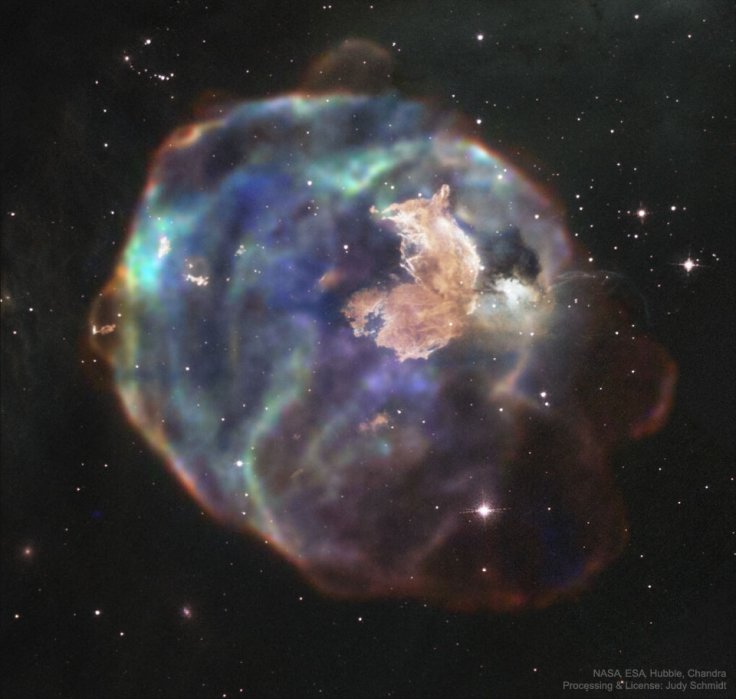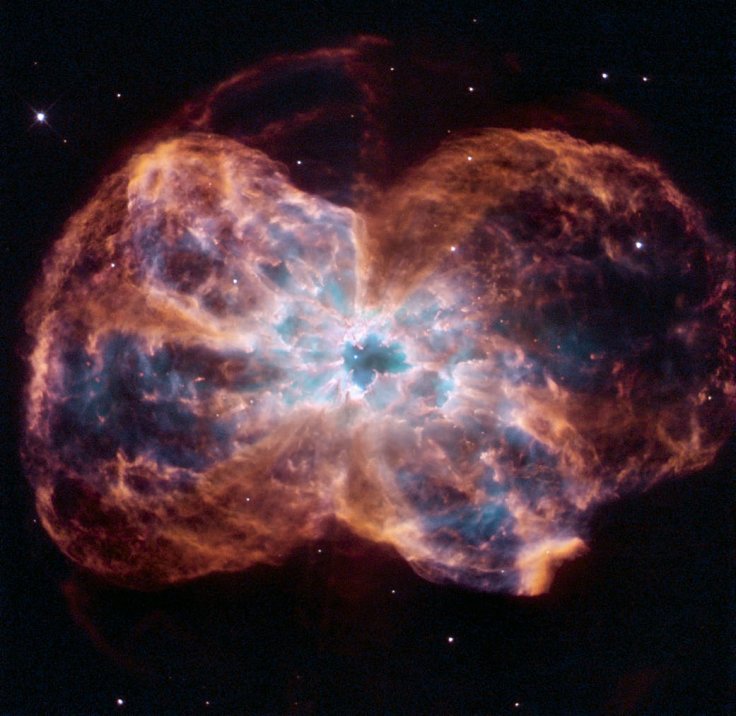NASA has spotted the remains of a massive supernova in a galaxy near Milky Way. Based on the conditions of the supernova remnant, it could create new stars that could also explode when they die.
The image of the supernova remnant, identified as N63A, was captured by NASA's Chandra X-ray Observatory. According to the agency, this massive cosmic structure has a diameter of about 25 light-years. It is located in the constellation Dorado and is around 150,000 light-years from Earth.

A Star's Death And Explosion
The supernova remnant is situated inside Milky Way's galactic neighbor known as the Large Magellanic Could (LMC). The star that created it exploded shortly after reaching the ends of its life. As its energy ran out, it started to collapse as it failed to support the weight of its own gravity. This caused the star to explode, leaving behind an expanding blast wave that's destroying the clouds of gas and dust around it.
"The LMC is a close galactic neighbor of our Milky Way Galaxy and the rampaging explosion front is now seen moving out - destroying or displacing ambient gas clouds while leaving behind relatively dense knots of gas and dust," Robert Nemiroff, an astronomer from the Michigan Tech University said in a statement.

Causing Multiple Supernova Events
As explained by Nemirof, the gas and dust knots created by the expanding explosion from the supernova get compressed by the cosmic process. This creates an ideal condition for new stars to form within the supernova remnant. Similar to the star that created the supernova remnant, the newly formed stars will go through their natural life cycles. Eventually, they will run out of fuel and collapse, causing massive supernova events that could trigger other explosions within N63A.
According to Nemiroff, these explosions could jumpstart a new cycle of supernova events within the remnant. "Many of the surviving dense knots have been themselves compressed and may further contract to form new stars," he explained. "Some of the resulting stars may then explode in a supernova, continuing the cycle."









